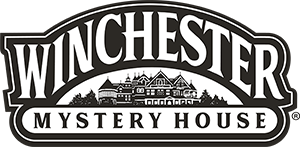House of the Past and the Future
Winchester Mystery House is like an amusement ride into the past. The 160-room clapboard mansion with turrets and towers may be a relic in Silicon Valley. But the house had features that in the 19th century were considered pretty cutting-edge.
The enigmatic Sarah L. Pardee Winchester, a widow from Connecticut who arrived in San Jose in 1886, would definitely be considered a unicorn by today’s standards. She was wealthy, possibly eccentric, and flush with new ideas that played out within the rooms of Winchester Mystery House, an architectural incubator.
The Big Turn On
Five years before Sarah settled into Llanada Villa, the city itself was lit up. In 1881, San Jose was the first municipality in California to power up electricity from the downtown Owen’s Tower. Upon settling into her farmhouse Llanada Villa, Sarah ordered her own gas generator built. It supplied the carbide gas lights in the house, which ignited with a button!
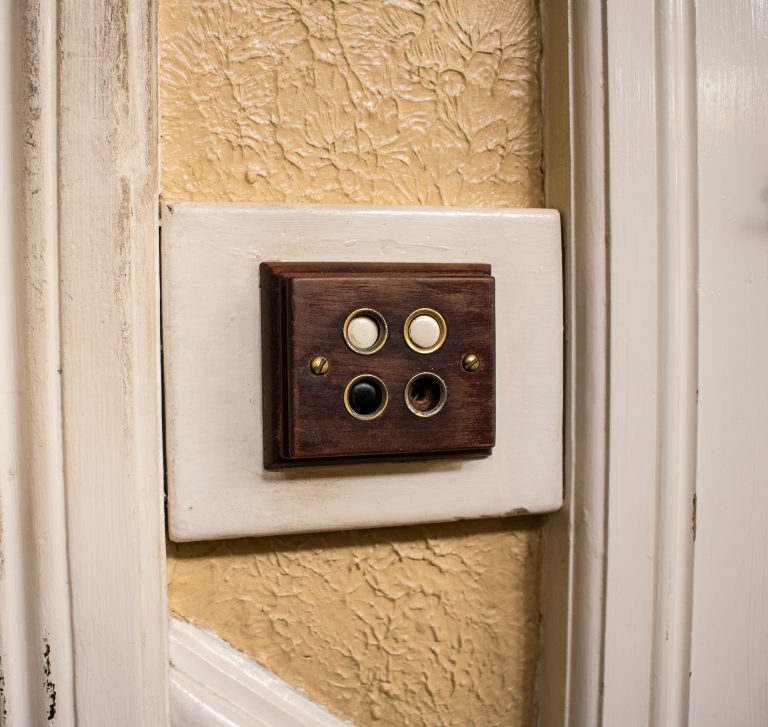
While that may sound slightly old-school, many other houses of the time were illuminated by candles or paraffin oil. To light up a room by pressing a button was wizardry.
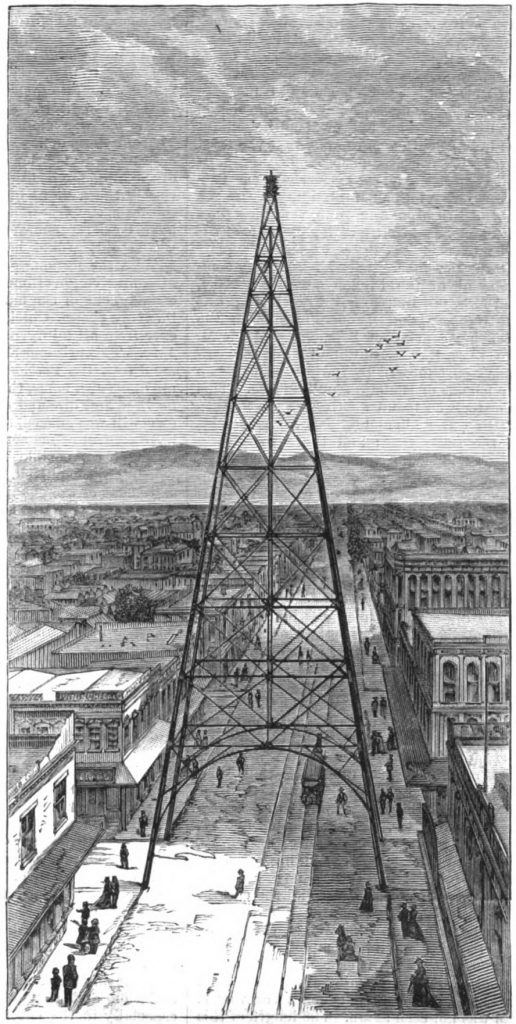
Making a splash
Housing technology has advanced so lightning fast that you may find the next three sentences hard to swallow.
Less than 80 years ago, nearly half of houses in the United States lacked hot piped water, or a bathtub or shower. Over a third of houses didn’t have a flush toilet. In 1920, two years before Sarah’s death, only 1% of U.S. homes had electricity and indoor plumbing.1
In the span of your grandmother or great-grandmother’s lifetime indoor plumbing has become a non-negotiable item!
Sarah was 50 years ahead of the times. Her home had indoor plumbing, faucets, and showers. Plus, she had garden hoses—a brand-new invention—attached to those newfangled indoor faucets. They watered the plants in her conservatories. If not for them, someone would have had to lug water in buckets to the upper stories.
Can we talk?
Here’s a multiple choice situation: Let’s say you live in a mansion with 100-plus rooms. Obviously, you have a staff, about 18 people. How else to do the upkeep? It would take a year just to run a feather duster through all the rooms! One Monday at 6:15 in the morning, you need help lifting a box. You must call a maid. Here’s the clincher: the year is 1890. How do you find a servant to help?
A) Get off your duff and wander from room to room to find the person needed.
B) Start yelling out names. Your voice is loud.
C) Invent a contraption called an annunciator
D) Text or ring the servant
Answer is B.
Not really. It’s C. But we put that in case you glanced down to cheat.
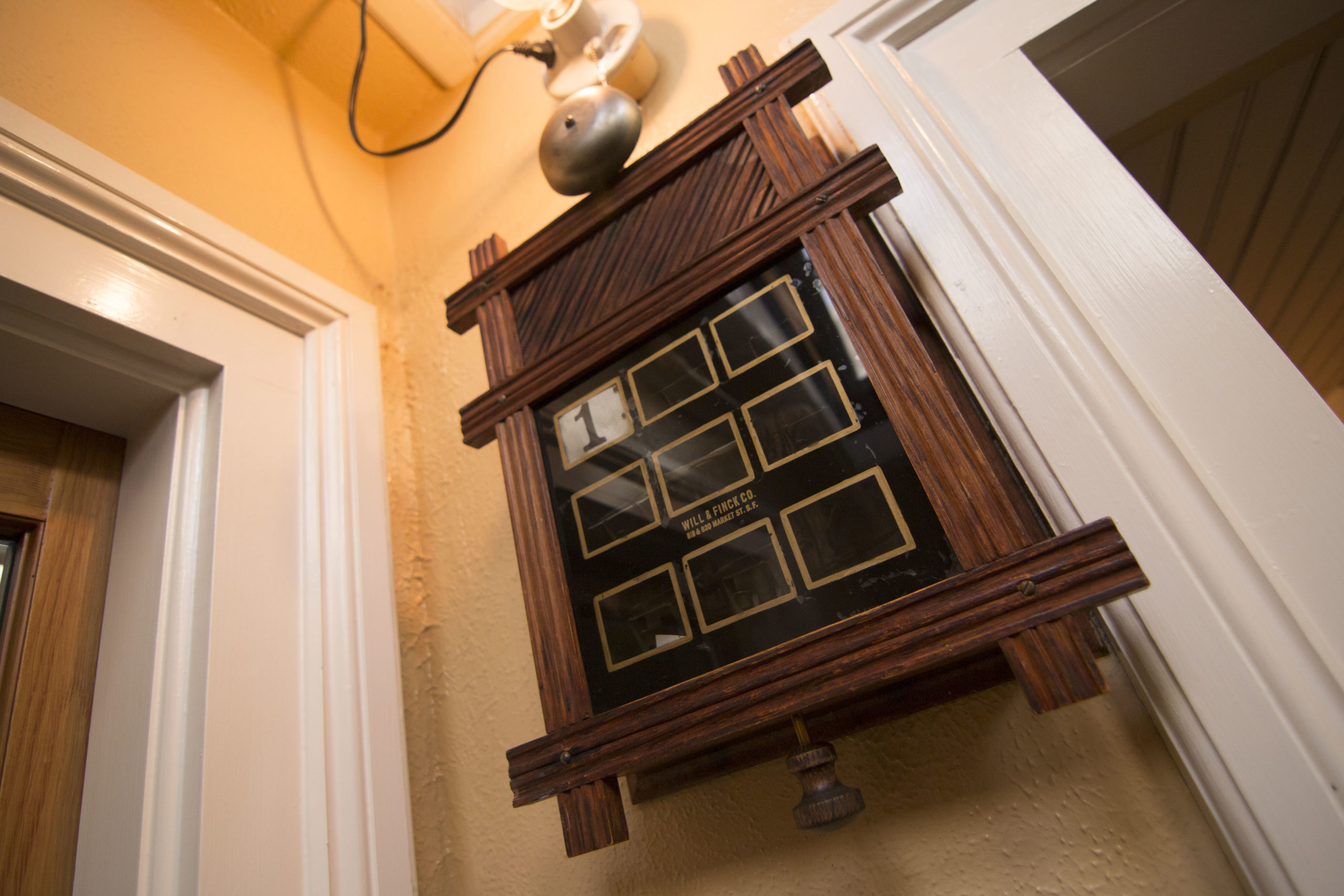
Installed throughout the rooms of Llanada Villa, the annunciator had a master board located in the staff quarters. When Sarah pressed a button, a card would drop on the board announcing her location. A servant would answer the call. Her cars were also retrofitted with their version of the annunciators, a call tube. This way Sarah could communicate with her driver.
Convenient.
Future forward house
Sarah’s San Jose home was futuristic, the house of tomorrow, with wool used as insulation, a porcelain laundry basin with soap trays and washboard molded into the porcelain, the annunciator, indoor plumbing, and other contraptions you’ll need to see for yourself on a tour.
Sarah Winchester embraced the ethos of a region that would, 70-or-so years later, be branded for that innovative spirit. To use the parlance of today, her Silicon Valley home was a lifestyle incubator seeded by her own funding. She might even be considered the pre-unicorn of unicorns. Not bad for an older woman living on her own in the prim Victorian era.
1 “Lest We Forget, a Short History of Housing in the United States,” James D. Lutz, Lawrence Berkeley National Laboratory. aceee.org. PDF of abstract.
The Modern-Day Miracle
You use it every day but do you appreciate what it can do? We’re talking your iPhone, or Android. That smartphone is a modern-day miracle. To demonstrate what we mean, here’s a chart of what we do today with the device versus how that task would have played out in Sarah’s day.
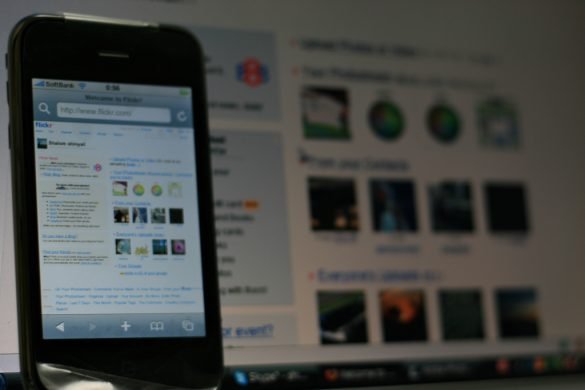
[table id=1 /]
